Next sales rose 5.2% in its first quarter as warm weather over Easter as well as spending in the run up to the Royal Wedding boosted sales.
Want to know more about Next?
For detailed data and analysis of Next visit Retail Week Knowledge Bank now
The performance was “significantly better than expected” – Next had expected sales could be from -0.5% to +2.5% for the half.
However the bellwether fashion and homewares retailer said the warm weather and the Royal Wedding meant consumers brought forward purchases, and the retailer therefore does not expect to maintain this level of growth into its second quarter.
Next said that like-for-likes excluding VAT and online were down 3% in the 13 weeks to April 30.
Retail total sales in the first quarter edged up 0.9% while directory sales surged 14.8%, driven by improved delivery service and aggressive marketing.
Next expects total sales for the year to be in the range of 1-4% higher than last year, and expects to deliver pretax profit in the range of £535m to £585m – which is around £15m ahead of its own expectations, revealed in March.
Better ranges and improved stock availability on best-selling lines, particularly in womenswear, helped drive sales.
Next said it remains cautious for the full year “given that there has not been a significant change in the underlying economic environment”.
It said that the effects of the public sector deficit cuts and continued inflation “are all likely to restrain growth in consumer spending generally”.
The retailer is also expecting to see dampened demand going forward as a result of increasing its own selling prices in the face of rising costs.
Next expects price increases will be “marginally higher” in the second half than in the first, at around 8% year-on-year.
However the retailer pointed out that it will be up against softer comparative numbers in the final quarter. In its fourth quarter of last year this “important period” was adversely affected by snow.
Next added that “there is every chance that inflationary pressure on the consumer will ease towards the end of the year, as commodity price increases begin to annualise”.






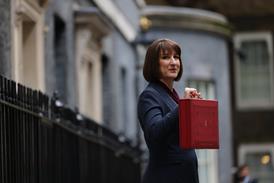




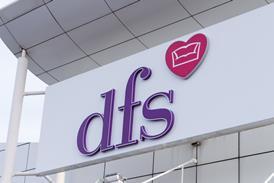










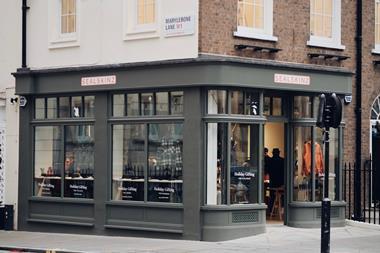

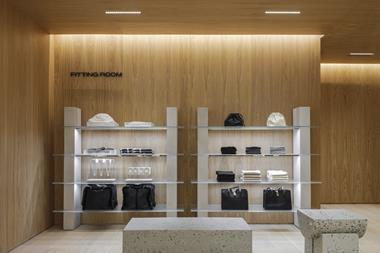

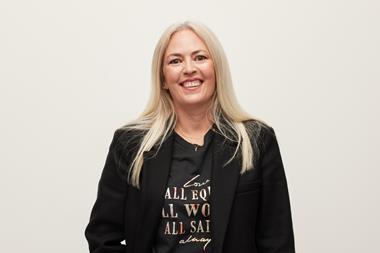
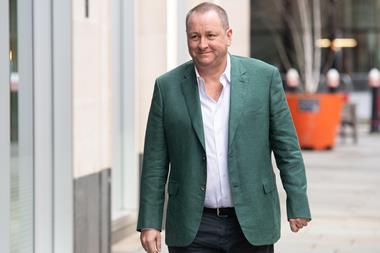
No comments yet